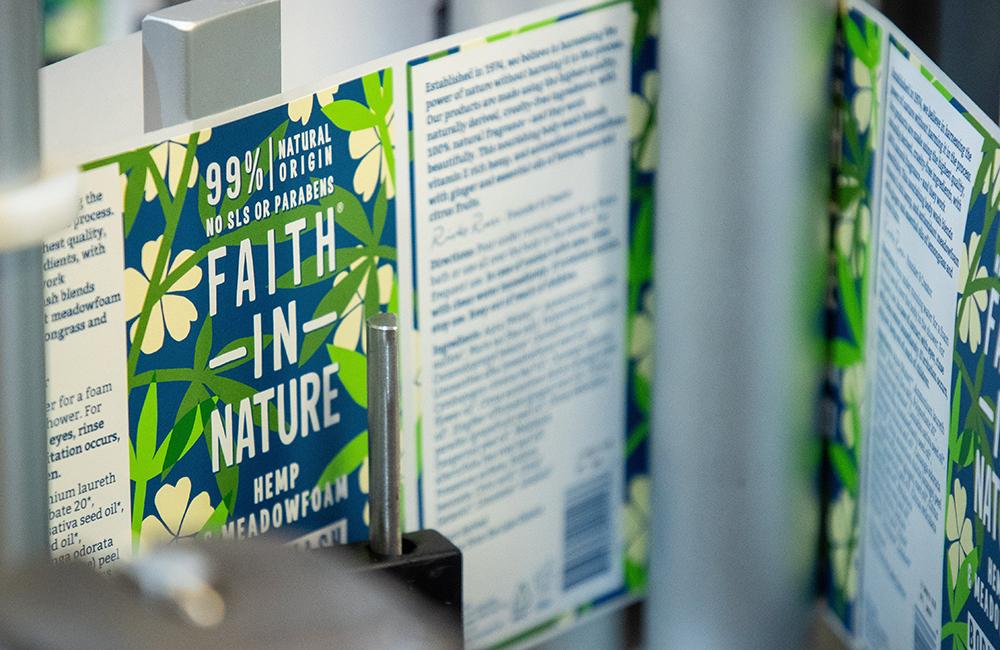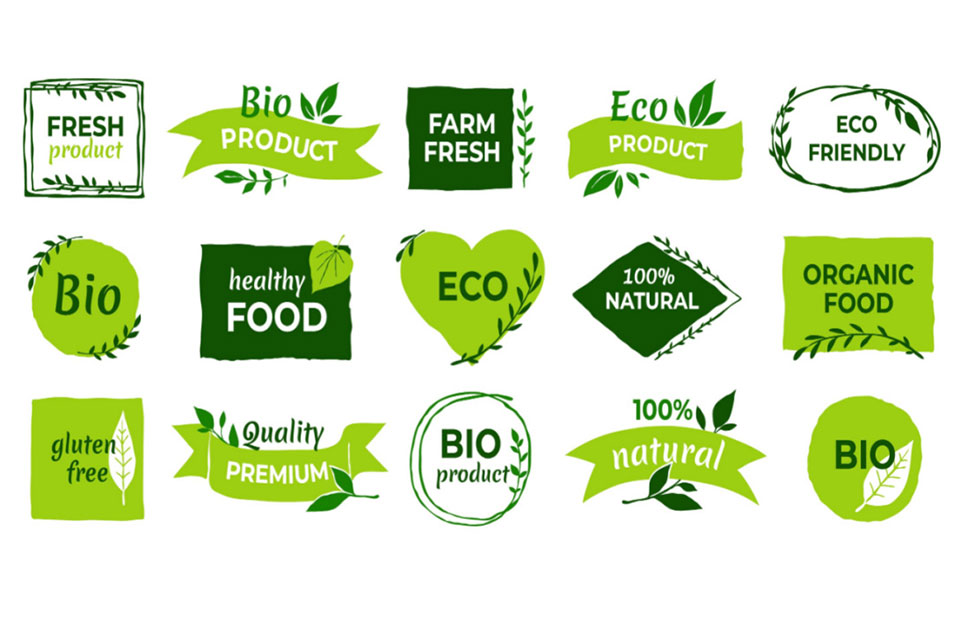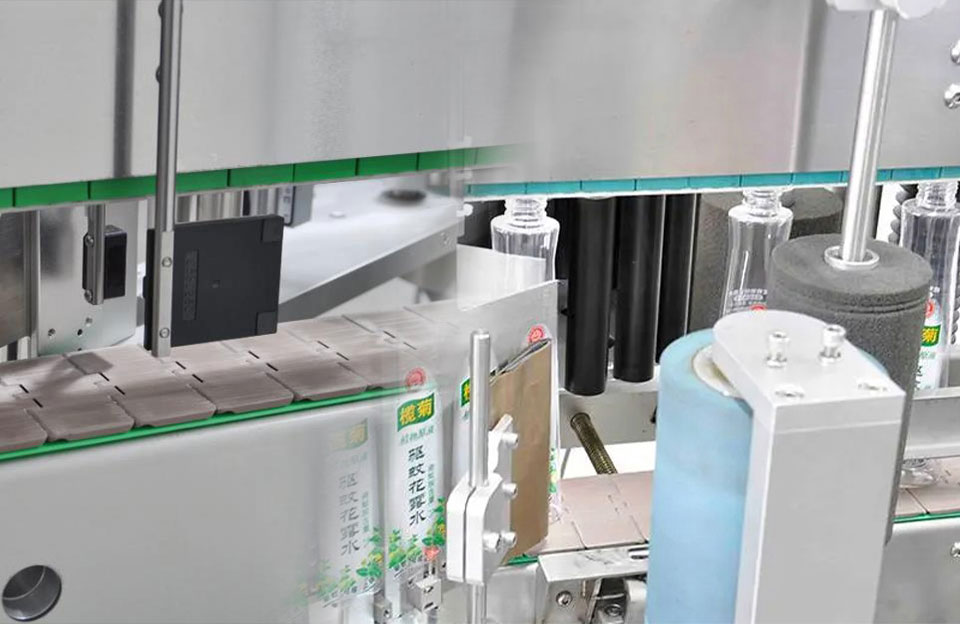What Is The Green Label?
A “green label” typically refers to a labeling system or certification used to identify products, services, or practices that are environmentally friendly or meet specific sustainability criteria. It is also called the “environmental label.”
Green labels emerged in response to growing concerns about environmental issues and sustainability. As people became more conscious of the impact of their consumption patterns on the environment, there was a demand for clear and trustworthy information about the eco-friendliness of products and services.
What Are The Benefits Of Green Labels On Sustainability
These labels play a significant role in promoting sustainability and have several benefits that contribute to environmental, social, and economic well-being. Some of the key benefits of them on sustainability are:
- Consumer Awareness and Empowerment: Green labels provide consumers with clear and easily understandable information about the environmental impact of products and services. This empowers consumers to make more sustainable choices and support environmentally friendly options, leading to a shift in demand towards sustainable products.
- Encouraging Sustainable Practices: By setting specific environmental standards and criteria, environmental label encourage businesses and industries to adopt more sustainable practices. Companies often need to improve their production processes, reduce resource consumption, and minimize waste generation to obtain and maintain these labels.
- Market Incentives for Sustainability: Environmental labels can create market incentives for businesses to invest in sustainability. Companies that achieve these certifications can gain a competitive advantage and appeal to a growing segment of environmentally conscious consumers.
- Promoting Innovation: Meeting the requirements of environmental labels needs innovation and research to develop more sustainable materials, technologies, and production methods. This leads to a continuous drive for improvement and advancement in sustainability practices.
- Transparency and Credibility: Green labels are typically governed by independent certifying bodies, ensuring transparency and credibility in the environmental claims made by products or services. This helps combat greenwashing, where companies may falsely advertise their products as eco-friendly without substantial evidence.
- Reduced Environmental Impact: With a focus on reducing resource consumption, greenhouse gas emissions, and waste generation, products and services with green labels tend to have a lower environmental impact compared to non-certified alternatives.
- Supporting Sustainable Agriculture and Farming: Environmental labels on food products, such as organic or fair trade certifications, encourage sustainable farming practices. This includes reducing synthetic pesticides and fertilizers, promoting biodiversity, and supporting fair wages and working conditions for farmers.
- Addressing Global Challenges: These labels can contribute to addressing global challenges like climate change, deforestation, water scarcity, and biodiversity loss by encouraging more sustainable practices across industries.
- Corporate Social Responsibility (CSR): Obtaining green labels can enhance a company’s CSR initiatives and reputation, demonstrating a commitment to environmental stewardship and responsible business practices.
- Global Adoption of Standards: Many environmental l labels are internationally recognized and adopted, contributing to harmonizing sustainability standards and facilitating global efforts to address environmental issues.

Green Labels
Prospects for the Development of Green Labels
The future development prospects of green labels appear promising and are likely to be shaped by several trends and factors. Here are some potential future development prospects for green labels:
- Expansion of Green Labeling Programs: We expect to see the continued growth and expansion of green labeling programs across various industries and sectors. As sustainability becomes a more significant focus for businesses and consumers, new green labels may emerge to address specific environmental and social concerns.
- Integration of Digital Technologies: Advancements in digital technologies, such as blockchain and the Internet of Things (IoT), could enhance the credibility and transparency of green labels. These technologies can be utilized to track and verify supply chain information, ensuring the accuracy of sustainability claims.
- Standardization and Harmonization: International cooperation and collaboration will facilitate easier recognition and understanding of green labels by consumers and businesses worldwide.
- Rise of ESG Investing: Environmental, Social, and Governance (ESG) considerations increasingly influence investment decisions. Companies with reputable green labels may be more attractive to sustainable investors, leading to greater adoption of green practices.
- Focus on Circular Economy: Green labels may evolve to incorporate criteria related to circular economy principles, encouraging products, and services designed for durability, repairability, and recyclability.
- Influence of Gen Z and Millennial Consumers: Younger generations, such as Gen Z and Millennials, are particularly passionate about sustainability. As these generations gain more purchasing power, their demand for green-labeled products and ethical practices will drive businesses to prioritize sustainability.
- Government Policies and Incentives: Government regulations and incentives promoting sustainable practices may further encourage businesses to seek green labels to demonstrate compliance and access incentives.
- Supply Chain Transparency: Greater emphasis on supply chain transparency may lead to more comprehensive and traceable green labeling practices, ensuring that sustainability standards are upheld throughout the product lifecycle.
- Focus on Social Impact: Green labels may increasingly incorporate social impact considerations, addressing issues like fair labor practices, diversity, and community engagement alongside environmental criteria.
- Consumer Education and Engagement: Consumer education initiatives and campaigns on the importance of green labels and sustainable choices may drive increased demand for certified products and services.
- Industry Collaboration and Partnerships: Collaborations between businesses, NGOs, and governmental bodies may lead to the developing of more robust and meaningful green labels that address complex sustainability challenges.
The Impact of Green Labels on Labeling Machines?
The environmental label has several positive effects on the development of labeling machines, as it encourages manufacturers to prioritize environmental sustainability in their designs and operations. Here are some ways in which a green label can help the development of labeling machines:
- Innovation and R&D: To meet the requirements for a environmental label, labeling machine manufacturers may need to invest in research and development to create more eco-friendly and sustainable machines. This can drive innovation in the industry and lead to the development of new technologies and practices that reduce the environmental impact of labeling machines.
- Efficiency Improvements: Achieving a green label involves optimizing resource usage and reducing waste. In the case of labeling machines, this can lead to improvements in energy efficiency, material usage, and label application processes. For example, manufacturers may design machines that use less energy, produce less scrap material, or minimize the consumption of labeling materials.
- Material Selection: Green labeling requirements may prompt manufacturers to choose more sustainable and environmentally friendly materials for their labeling machines. This could include using recyclable or biodegradable materials, reducing the use of hazardous substances, or sourcing materials from eco-friendly suppliers.
- Eco-Friendly Features: Labeling machines may incorporate eco-friendly features such as energy-saving modes, automated shutdown functions, or the ability to handle recycled labels and packaging materials to meet green label criteria.
- Compliance and Market Access: In some markets, products with green labels or eco-friendly certifications may enjoy preferential treatment, access to incentives, or compliance with specific environmental regulations. Manufacturers may develop green-labeled labeling machines to gain a competitive advantage and access these markets.
- Customer Demand: As consumers and businesses increasingly prioritize sustainability and eco-conscious choices, the demand for green-labeled products, including labeling machines, will likely grow. Responding to this demand can help manufacturers expand their customer base and enhance their brand reputation.
- Corporate Social Responsibility (CSR): Emphasizing green labels aligns with the principles of corporate social responsibility. Companies that invest in developing environmentally friendly labeling machines can showcase their commitment to sustainability, which can positively impact their image and stakeholder perception.
- Long-Term Viability: As environmental concerns become more prominent, businesses that adapt early to sustainable practices are better positioned for long-term viability and resilience. Developing green-labeled labeling machines can future-proof a company’s product offerings and enhance its competitiveness in a changing market landscape.
Conclusion
In the world, various organizations and governing bodies have developed different green label programs and eco-labels to address specific environmental concerns, such as energy efficiency, waste reduction, carbon footprint, water conservation, and sustainable sourcing of materials.
As sustainability becomes an even more critical aspect of business and daily life, environmental label will likely continue to play a pivotal role in promoting and rewarding sustainable practices.


